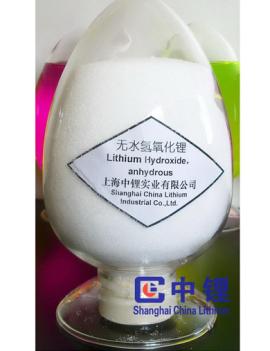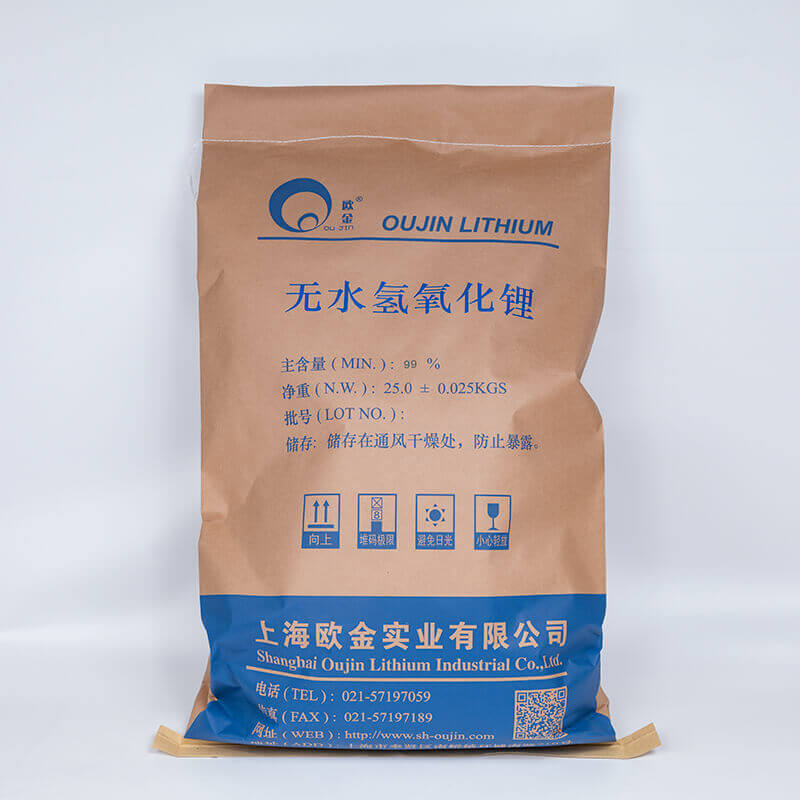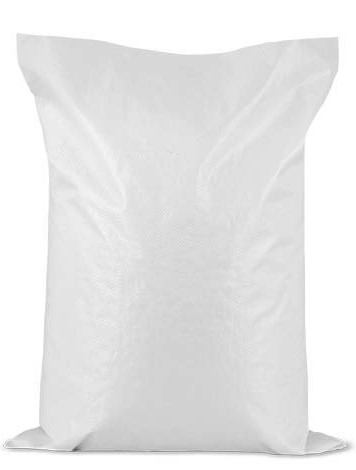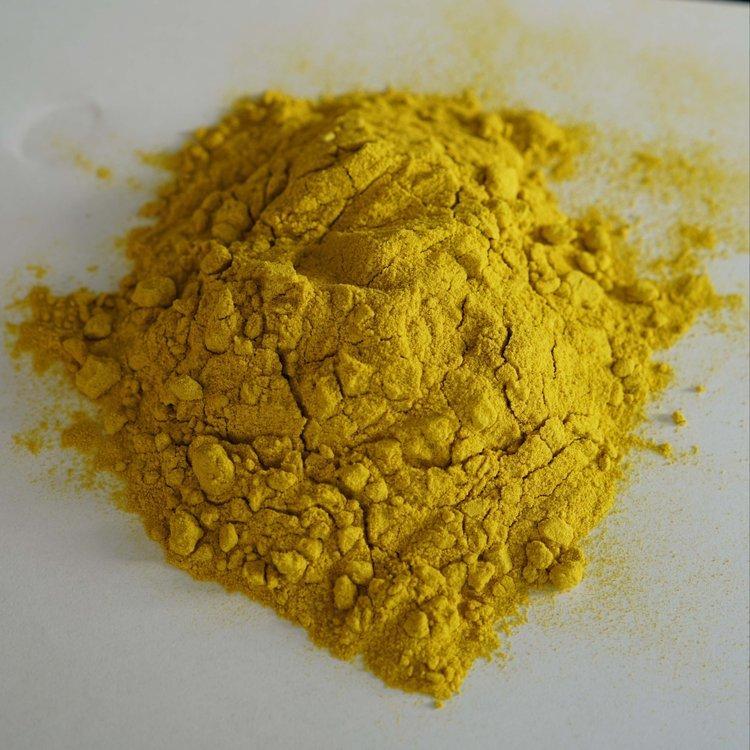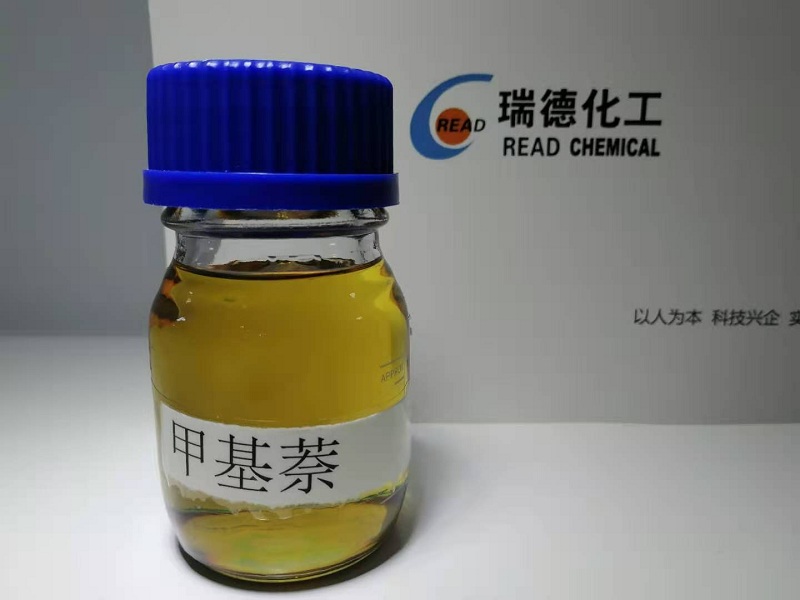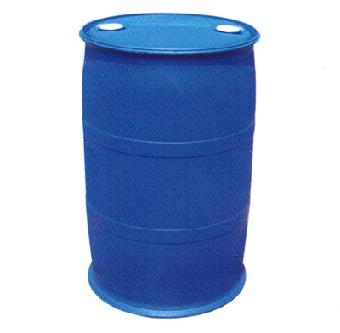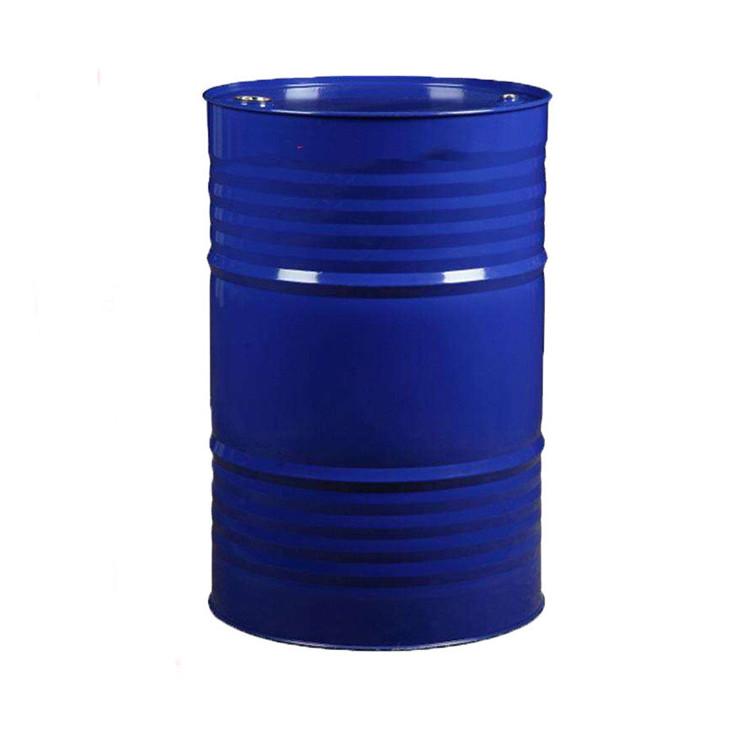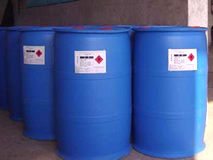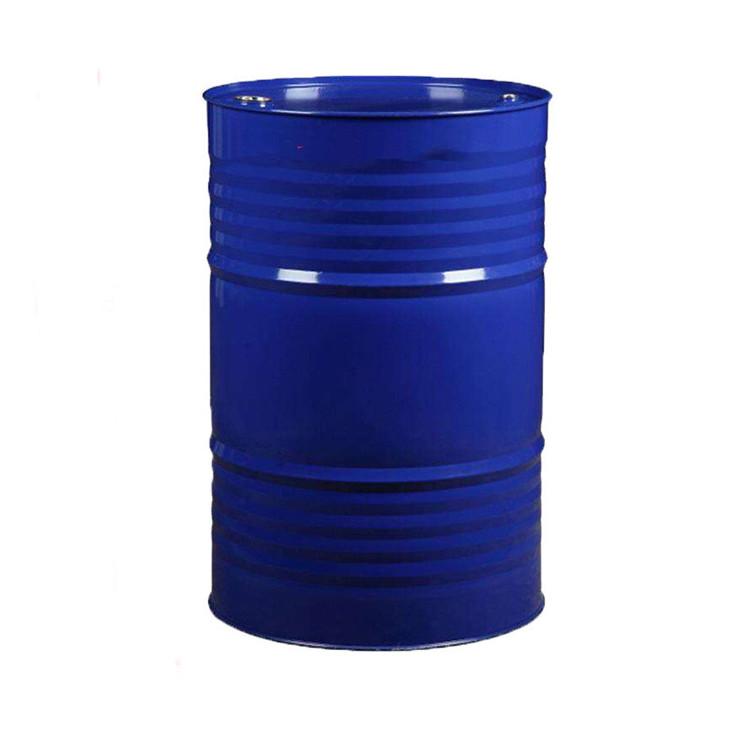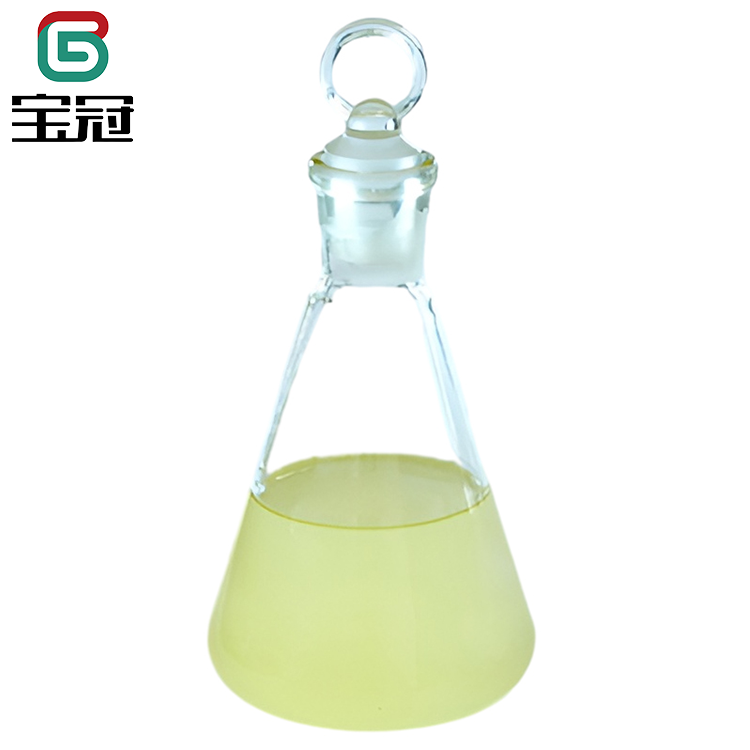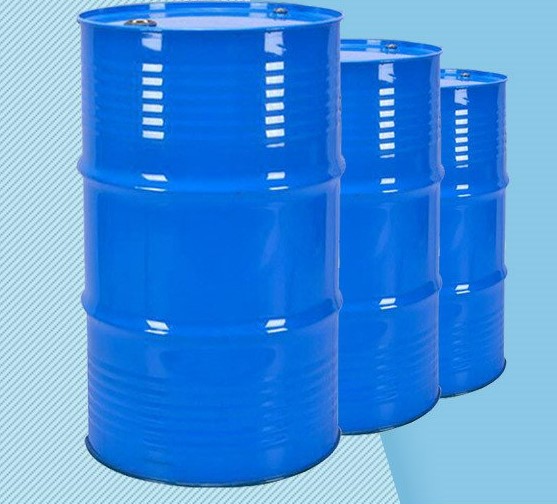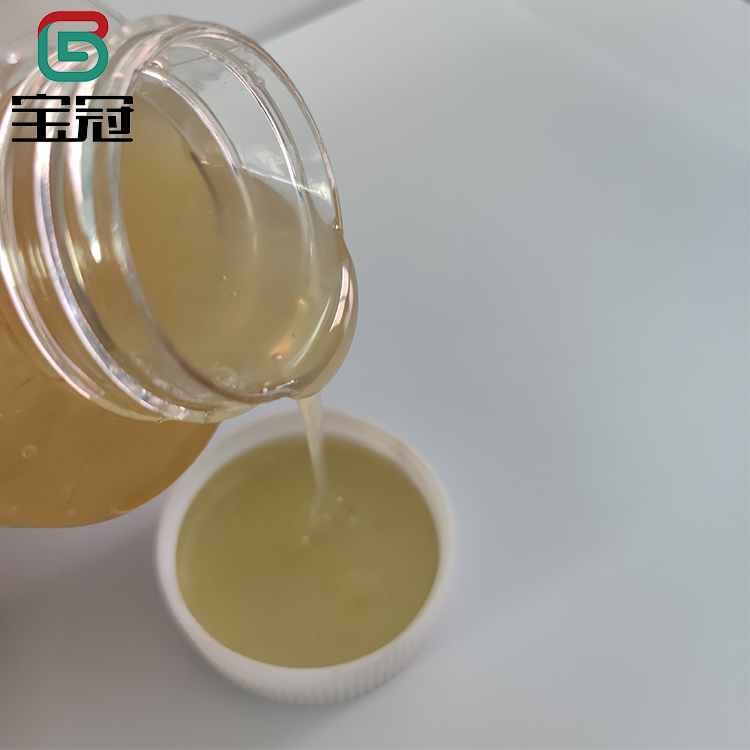Surfactants, Catalysts
Find
1014
related chemicals for you
CAS:1310-65-2
Molecular Formula:LiOH
Alias
More Information
Lithium Hydrate; Lithium Hydroxyde
Brief Introduction
Used to make lithium salt and lithium-based grease, electrolyte for alkaline storage batteries, absorption liquid for lithium bromide refrigerators, etc.
Suppliers
View More Vendors (3) >
Ct Groups
Melting Point: 462.0°C; Color: White to Yellow Physical; Form: Crystalline Powder; Assay Percent Range: 98%
/
Tech Grade
CAS:1314-35-8
Molecular Formula:O3W
Alias
More Information
D-Glucose,3-Methanesulfonate; 3-O-Mesyl-D-Glucose; O3-Mesyl-D-Glucose; Tungstic Anhydride; O3W,Tetragonal; Tungsten(Vi) Oxide; Tungsten(Vi)Oxide; Tungstenoxide,Powder
Brief Introduction
Used as raw material for making tungsten metal. Used for making hard alloy, tungsten wire, powder metallurgy, X-ray screen and fireproof fabric. It can also be used as colorant and analytical reagent of ceramic ware.
Suppliers
View More Vendors (3) >
CAS:1321-94-4
Molecular Formula:C11H10
Alias
More Information
Mixed Methylnaphthalene; 1(Or2)-Methylnaphthalene; Naphthalene, Methyl-; Mix-Methylnaphthalene; Monomethylnaphthalene; 1-Methylnaphthalene; Alpha-Methylnaphthalene; Petroleum Methylnaphthalene
Brief Introduction
Methylnaphthalene is the main raw material for the production of disperse dye auxiliaries (dispersants). It can also be used as heat carrier and solvent, surfactant and sulfur extractant. It can also be used to produce plasticizer and fiber dyeing aid. It can also be used as standard fuel for the determination of alkane number and cetane number.
Suppliers
View More Vendors (3) >
CAS:1338-39-2
Molecular Formula:C18H34O6
Alias
More Information
(R)-1-((2S,3R,4S)-3,4-Dihydroxytetrahydrofuran-2-Yl)-2-Hydroxyethyl Dodecanoate; Emsorb2515; Span 20; Sorbitan Laurate; Span(R) 20; Span 20, Arlacel 20; Span No 20; Sorbitan Laurate,Sorbitan Monolaurate; Sorbitan M; Arlasel 20; Span(Tm) 20; Arlacel 20; Span(Rg 20; Glycomul Lc; (Sorbitan Monolaurate); Emulsifiers20; Radiasurf7125; Emulsifier(S20); Emulsifier S-20; Span 20 Cas No.1338-39-2; Sorbitan Monolaurate (Span-20); Span; 20 (Sorbitan Monolaurate)
Brief Introduction
Non ionic surfactant, emulsifier, lubricant, desiccant, gas chromatographic stationary liquid, separation and analysis of oxygenated compounds.
Suppliers
View More Vendors (3) >
CAS:1338-43-8
Molecular Formula:C24H44O6
Alias
More Information
Sorbitane Monooleate,Sorbitan Oleate; Ionets80; Span 80; O250; Montan80; Mo33F; Ml33F; Ml55F; Glycomulo; (Sorbitan Monooleate); (R)-1-((2S,3R,4S)-3,4-Dihydroxytetrahydrofuran-2-Yl)-2-Hydroxyethyl Oleate; Armotanmo; Oleic Acid Compound With (2R,3R,4S)-2-((R)-1,2-Dihydroxyethyl)Tetrahydrofuran-3,4-Diol; Sorgen40; Sorbitan Oleate; Emsorb2500; Emulsifiers80; Sorbons80; Arlacel 80; Emulsifier S-80
Brief Introduction
This product is used as emulsifier, stabilizer, thickener and wetting agent in medicine, cosmetics and textile industry, dispersant in paint industry and emulsifier in oil field.
Suppliers
View More Vendors (3) >
Inquiry (
10
/ 10
)
Clear All
You can inquire for up to 10 products at a time
Sign In
Error!

